What is Retention Marketing?
Ask anyone to define marketing, and they’ll likely describe strategies for attracting new customers like TV commercials, website ads, and mailbox flyers.
While this is no doubt the traditional idea of marketing, digital businesses are only starting to realize that growth lies in the value of customers you already have.
While it’s much more fun to tell your boss that you acquired 100 new leads this month, customer retention is more profitable, easier to do, and when done right, will fuel your most powerful acquisition channel.
In this article, we’re getting into what retention marketing is, and why you need to start today.
- Retention marketing defined
- Why retention marketing is vital to your business
- What this means for acquisition-based marketing
- Retention marketing strategies
What is retention marketing?
Retention marketing is a form of marketing that aims to maximize the value of customers you already have. It is the practice of engaging with customers beyond their initial purchase and making them loyal, long-term, and engaged customers. This type of marketing focuses on developing relationships with customers to increase retention rates, and ultimately boost sales.
Customer retention strategies are essential because returning customers tend to spend more than new ones. In fact, research has shown that acquiring new customers can cost up to five times more than keeping existing ones. That’s why businesses need to actively invest in retention tactics.
It’s different from traditional “acquisition-focused” marketing because the primary goal is not to get more customers.
The main goal of retention marketing is to encourage repeat purchases and increased product usage from existing customers.
- For an e-commerce or on-demand product, this means encouraging customers to return to your website or app to keep making repeat, higher-value purchases.
- For a subscription service, this means encouraging a user to keep their subscription active, or have them upgrade to a more advanced plan.
Retention marketing strategies can be aimed at current, active customers, or at churned customers who require re-activation.
Why is customer retention marketing vital to your business?
The need for retention can be summarized into one sentence: Customer acquisition is becoming more expensive and more difficult.
Companies need to focus their attention on keeping the existing customers happy. This can be done through effective retention strategies such as providing good customer service, engaging regularly, and rewarding loyal, long term customers.
Customer acquisition costs have risen nearly 50% for both B2B and B2C companies over the past 5 years:
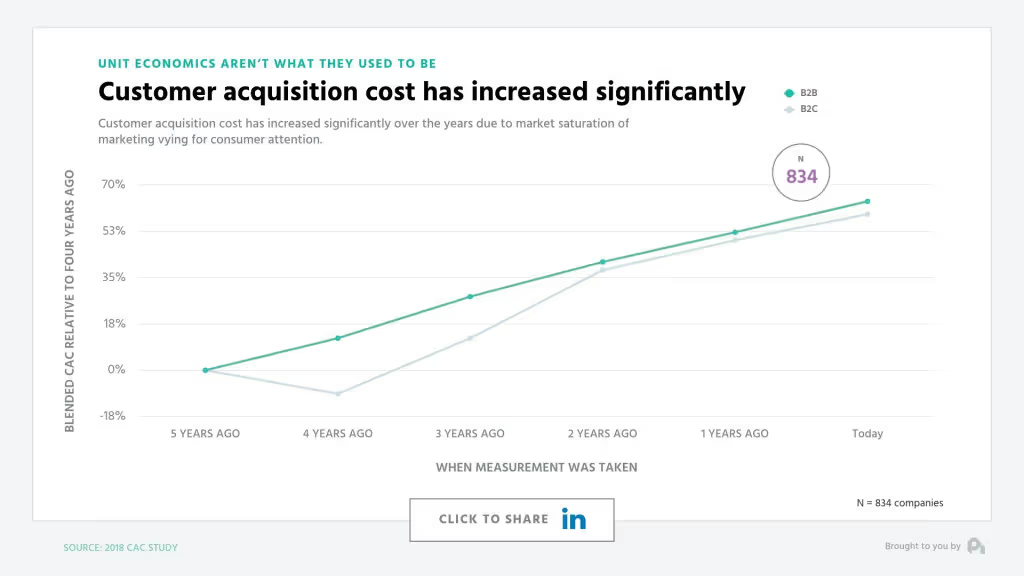
Here’s why this is important to understand:
If your cost to acquire a new customer is $500, but they churn after paying only $200 in revenue to your business because you don’t have any customer retention strategies in place, you won’t see a positive ROI on the money you spent to acquire them.
This is how you quickly drive your company into bankruptcy.
From an AdNews interview in March 2019, Adobe’s CEO Shantanu Narayen says that too many companies are chasing customer acquisition, when the real value lies in driving product usage and understanding what high-value actions are from customers.
“If you are not retaining your customers, even at current revenue rates, then you have to run faster and faster and faster”
- Shantanu Narayen, Adobe CEO
Retention is the new growth, and we can prove it:
- Customer retention is cheaper and easier
According to the Harvard Business Review, it’s 5-25x more expensive to acquire a new customer than it is to retain an existing one. Existing customers understand your value proposition, so you don’t need to waste money targeting them with the full advertising pitch.
Plus, because you’ve already established a relationship, you have a 60-70% chance of selling to an existing customer. This success rate is only 5-20% for a brand new customer.
- Money spent on retention is more effective than money spent on acquisition
When it comes to budgeting for marketing, many businesses focus on customer acquisition as a major priority. After all, getting new customers through the door is incredibly important in terms of long-term growth and profitability. However, research has shown that spending money on customer retention can be even more effective than spending money on acquisition – and often at a much lower cost.
Data from Price Intelligently shows that improving your monetization (ie. lifetime value) or retention by just 1% is 2-4x as impactful on your bottom line than improving your acquisition by 1%. This means that you’ll see a larger return on investment when you dedicate a larger portion of your marketing budget to engaging current customers.
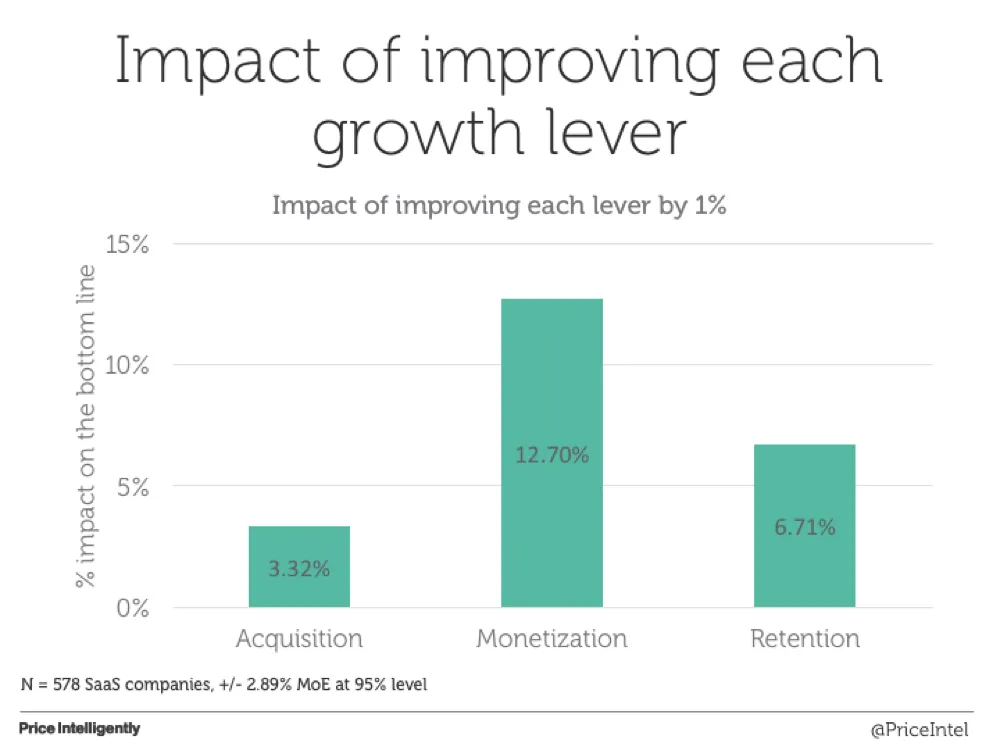
- Retention boosts profits
Combined with the fact that existing customers are cheaper to retain and easier to sell to, a 5% increase in customer retention can boost revenue by 25-95%.
An engaged customer spends 67% more in months 31-36 of their relationship with a business than they do in months 0-6, highlighting the importance of efforts to keep the relationship active.
In e-commerce alone, a customer who has made multiple purchases is worth 5x a first-time visitor.
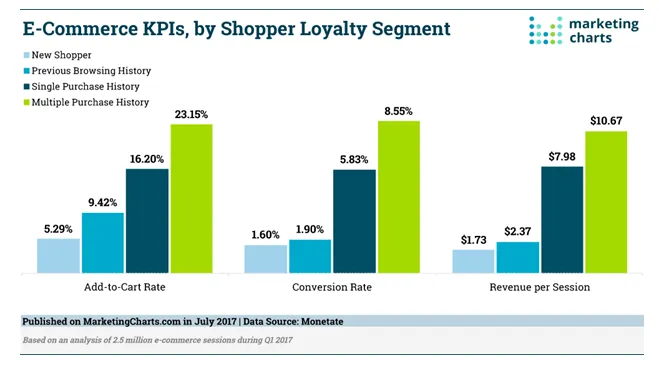
- Retention fuels acquisition
While the main goal of retention marketing isn’t to bring in new customers, it’s a proven byproduct.
When you make an effort to retain satisfied customers, they become your best acquisition strategy through word-of-mouth marketing and referrals - something that 92% of consumers trust more than any other form of advertising.
The more a customer returns to do business with you, the more likely they are to give a referral. The average first-time shopper will refer 3 people to the site. After 10 purchases, that shopper will have referred 7 people. (source)
- Customer retention combats the increasing potential for churn
According to 2019 data from Neilsen, customer “disloyalty” is on the rise. Today, 46% of global consumers are more likely to try new brands that they’ve never tried before, when compared to their willingness five years ago.
Consumers can download a new app to their phone in minutes, and set up an account even faster. When switching costs are inherently low, brands need a dedicated retention strategy to offset the fact that customers are in control.
Should you forget about acquisition-focused marketing?
Not at all - every business needs new customers, making acquisition strategies a necessary part of the marketing mix.
Acquisition-focused marketing is an essential part of any successful business strategy. It's a way to attract new customers and keep existing ones coming back. Unfortunately, it can be easy to overlook in favor of other aspects of marketing such as retention or branding efforts. But remember that acquisition-focused marketing should always be a priority if you want to grow your business.
Where companies see profitability issues is when they focus too heavily on always getting new customers, and don’t bother to keep the ones they already have.
We explained the problem of acquisition-based growth in more detail in this post, and the reasons why this became the dominant mindset.
The thing is, without retention marketing strategies in place, all of your acquisition marketing efforts will go to waste. Sure, you spent $50 on an amazing campaign to acquire a new customer. But if you do nothing to have them spend more than $20 with your brand, you won’t ever be profitable.
As you acquire more customers, more of your marketing focus needs to be shifted to retention strategies.
Retention marketing strategies
1 - Launch a loyalty program
Our favorite strategy to improve customer retention is with a loyalty program.
A loyalty program can be an effective tool for improving customer retention. Loyalty programs reward customers for their repeated purchases, encouraging them to come back again and again. They are also a great way to show appreciation for loyal customers and increase brand awareness.
By offering valuable incentives, you give customers a reason to come back and continue to spend with you. When a customer racks up points that can only be used with your brand, they’ll be less inclined to switch to a competitor to avoid losing their progress.
Loyalty rewards also demonstrate that you value a customer’s willingness to do business with your brand, which can significantly reduce churn: 68% of customers leave if they think you’re indifferent to them.
The most effective programs for retention are:
Win Back Program: Send a special offer to customers who haven’t purchased or logged in after a certain amount of time.
For example, offer 1 free month to users who cancelled their subscription and haven’t re-activated in three months.
VIP Program: Offer exclusive rewards to your most loyal customers. When more spending equals better rewards, engagement with your brand turns into a habit.
For example, offer a free set of company swag to any customer who spends $100 in one month.
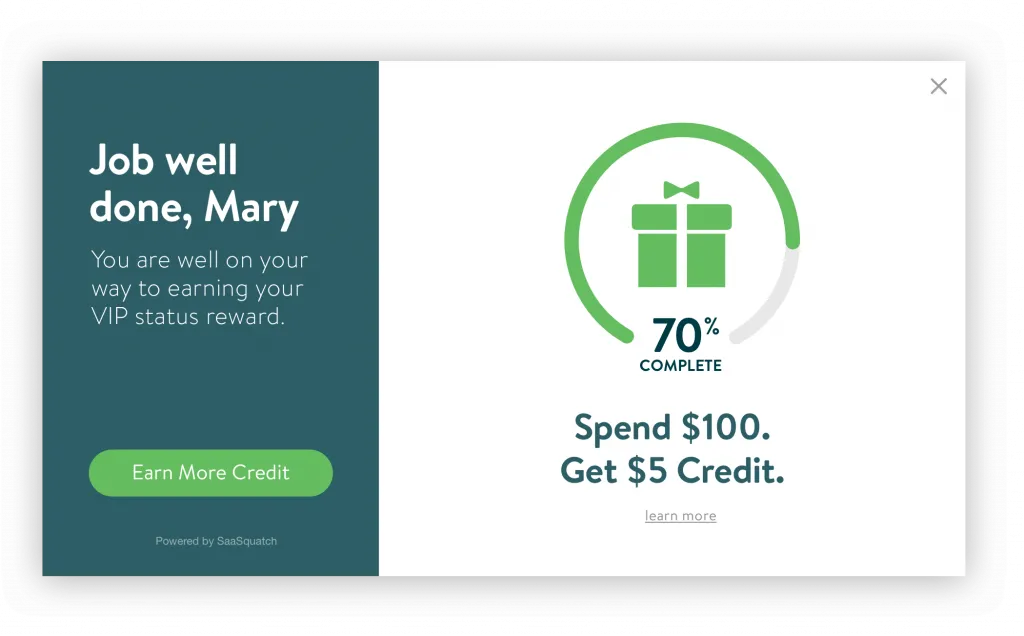
2 - Deliver increased personalization
According to a recent survey of 3,000 consumers in the US, UK and Canada, more than half (63%) of customers expect personalization to be standard when being sent special offers.
What’s more, 78% of shoppers say they will only act on a retailer’s offer if it has been personalized to their previous actions with the brand.
Think about it - if you had a “friend” who never remembered your birthday, or your favorite hobby, or your dog’s name, it would become pretty frustrating to hang out with them as it doesn’t feel like they’re willing to pay attention to you.
On the flip side, if you spend time with a friend who asks relevant questions about your interests and goals that show that they’ve been listening to you, you’ll be more inclined to maintain the relationship because you feel appreciated.
Personalization is effective for improving customer retention strategies . By offering personalized products and experiences, businesses can show their appreciation for their patronage and build loyalty to the brand. Personalization can take many forms, from customized product offerings tailored to individual needs to unique customer service experiences.
Retaining customers with increased personalization can be as simple as recording each user’s birthdays or anniversary with your brand and sending them a special note or incentive to celebrate.
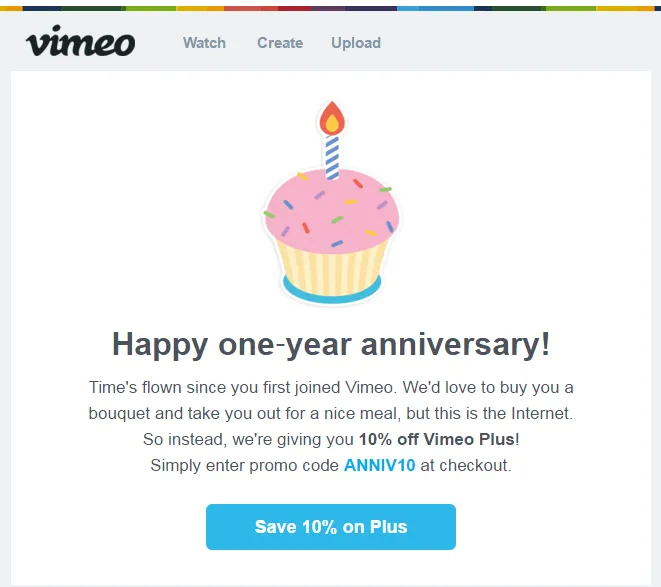
3 - Highlight customer progress
We know from the psychology of loyalty programs that the closer someone is to reaching a goal, the more effort they will put into achieving it.
Whether it be how much money they’ve saved since becoming a client, or how many pounds they’ve lost since using your app, remind customers of the positive progress they’ve made with your brand to encourage more usage.
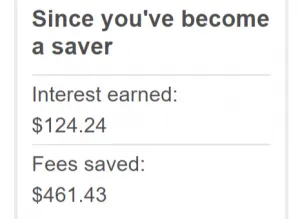
Leverage progress emails, push notifications, or a dedicated activity hub in your app to showcase customer progress and help them set new goals.
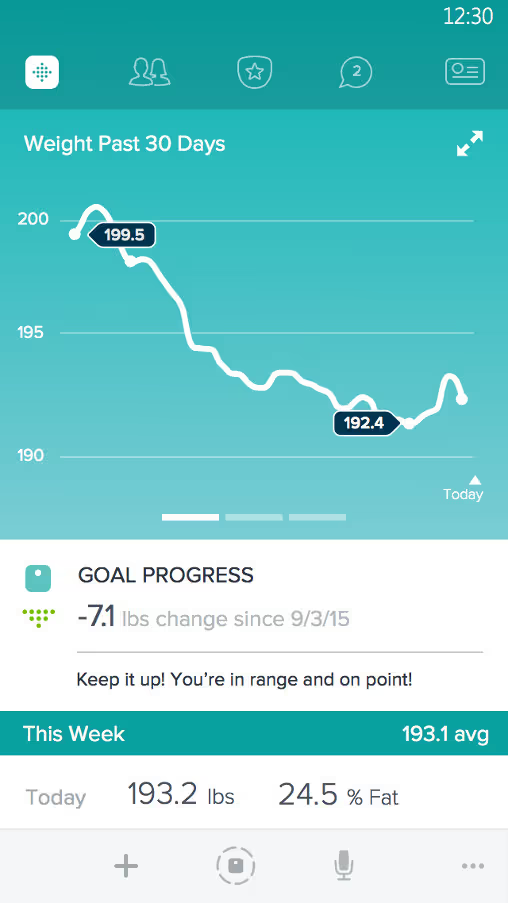
Plus, this kind of recognition presents the perfect “happy moment” to promote new offerings or encourage an upgrade, as the customer is acutely aware of the value they’re deriving from your product.
4 - Create a customer advisory council
A customer advisory council is a select group of customers that you meet with to discuss product improvements, share roadmap plans, and set company priorities.
Ultimately, it’s a way to understand what customers expect from your brand and identify any pain points that may be contributing to churn.
By giving your customers a dedicated feedback channel, your business receives important insights, and your customers feel like their opinions are valued. When customers feel involved in shaping the future of your business, they’ll be more dedicated to supporting you.
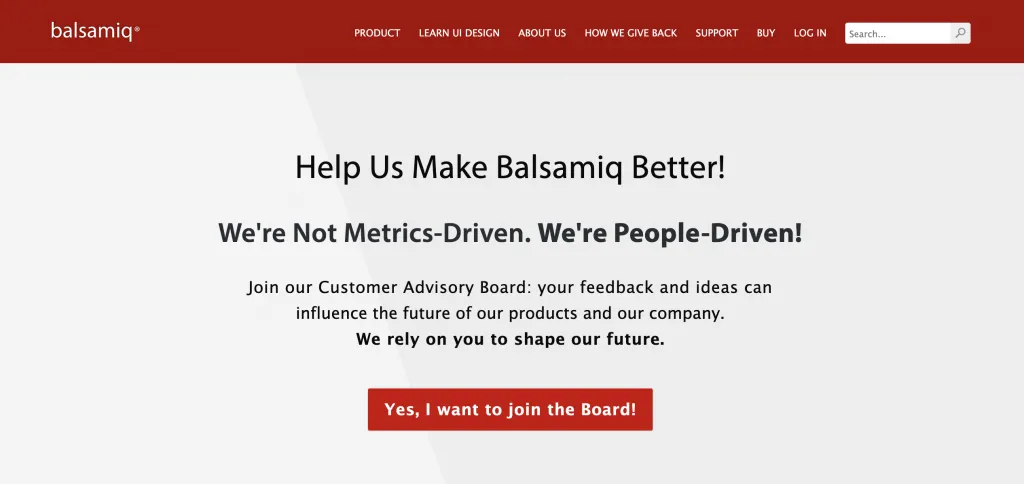
Final Thoughts
Retention strategies are no longer a nice-to-have for digital businesses. Without the ability to engage and retain your best customers, you won’t be able to realize a profit.
While retention marketing doesn’t completely replace acquisition marketing, it’s a necessary part of your growth strategy.
It provides the opportunity to foster meaningful relationships with valuable customers, building long-term loyalty and driving both repeat purchases and referrals. It also encourages engagement more deeply with your products and services, generating higher purchase frequency, larger order values, improved customer experience—and ultimately increased revenue.
To learn more about designing a successful loyalty strategy in the digital economy, sign up for the Digital Loyalty Academy today.
